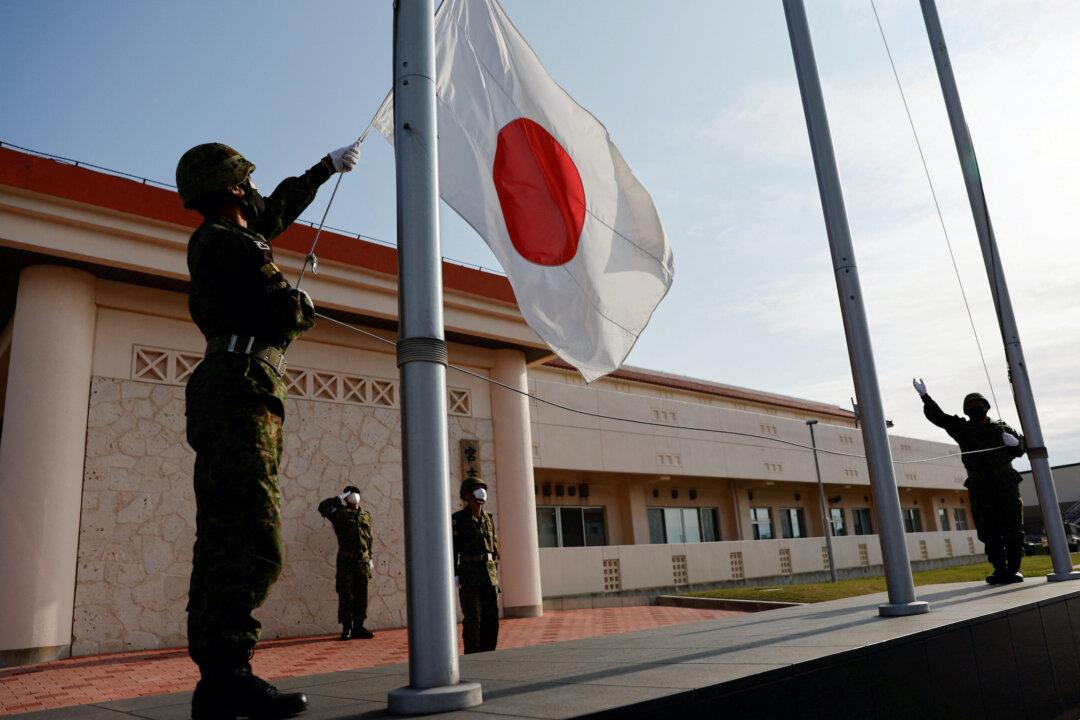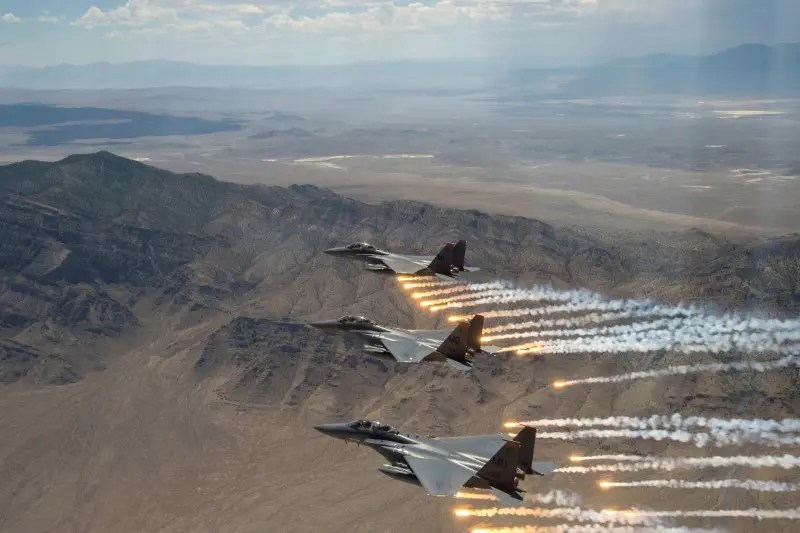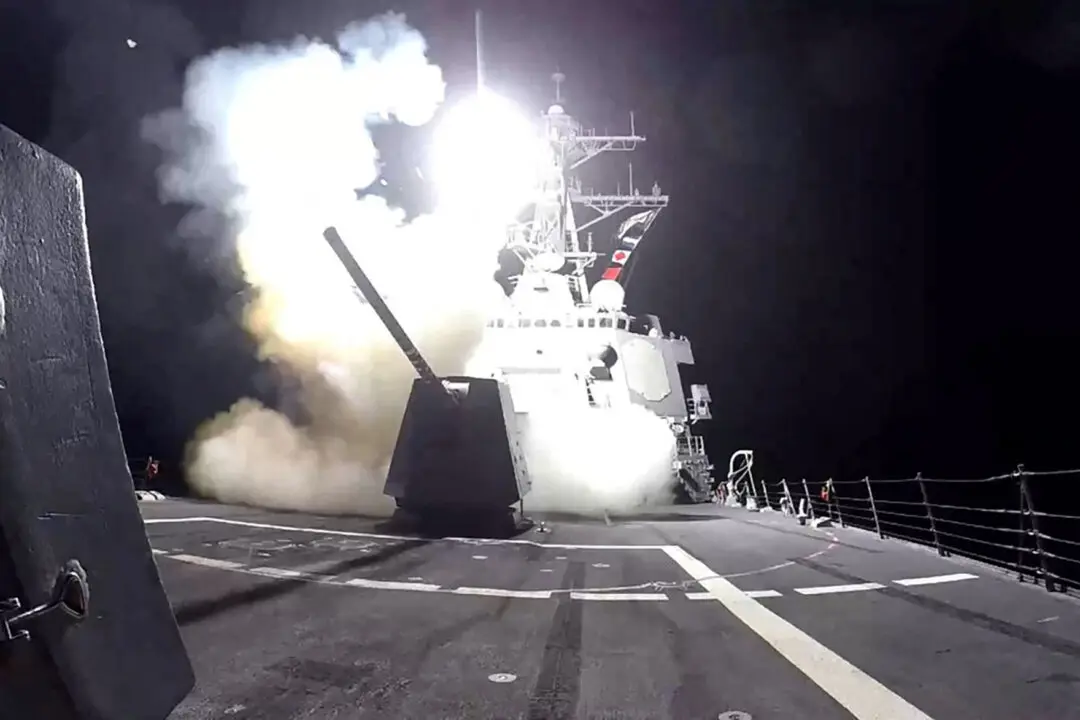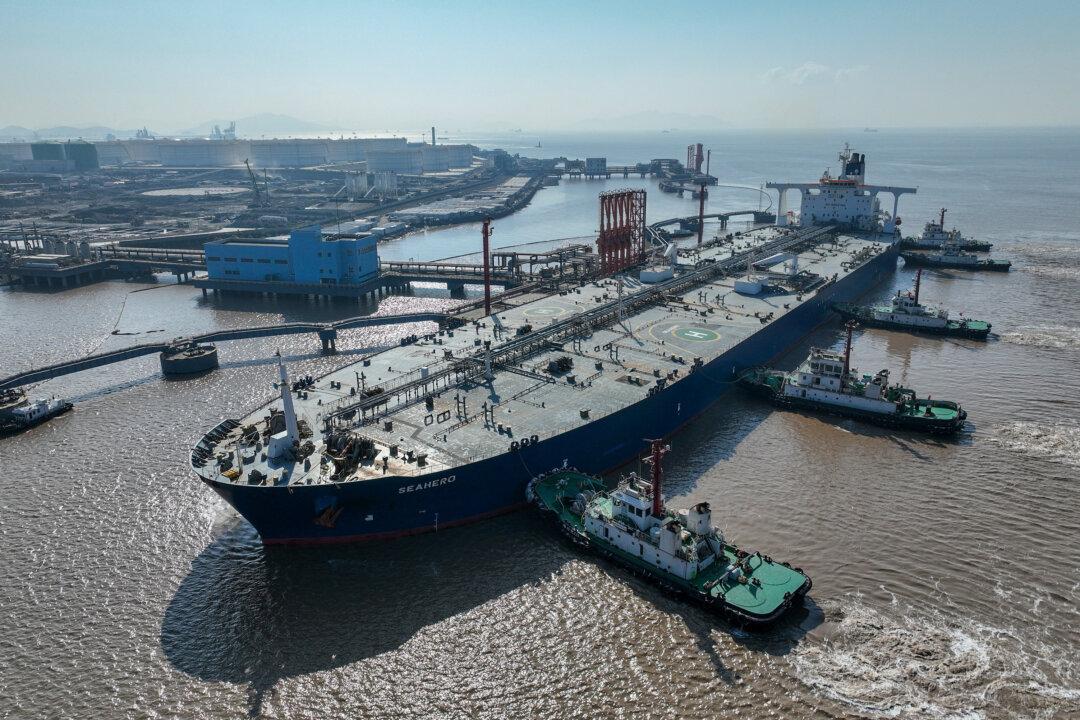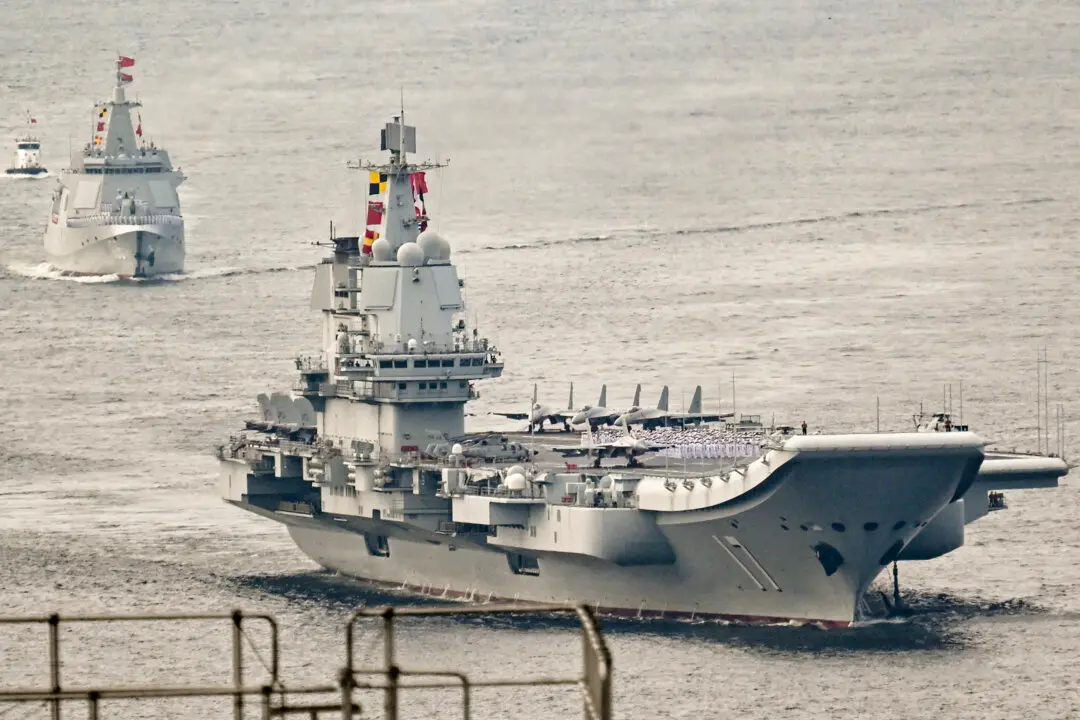Japan’s defense ministry is submitting a record spending request as part of a larger plan that will double Japan’s total defense spending over five years.
The ministry’s FY24 request for more than $52 billion would bring the Pacific nation closer to realizing Prime Minister Fumio Kishida’s plan to bring defense spending up to a total of two percent of Japan’s gross domestic product in the coming years.
